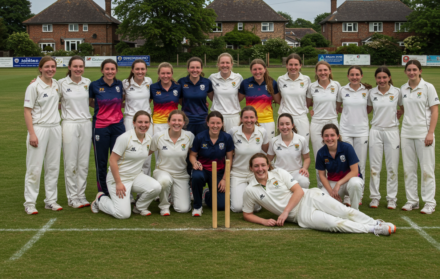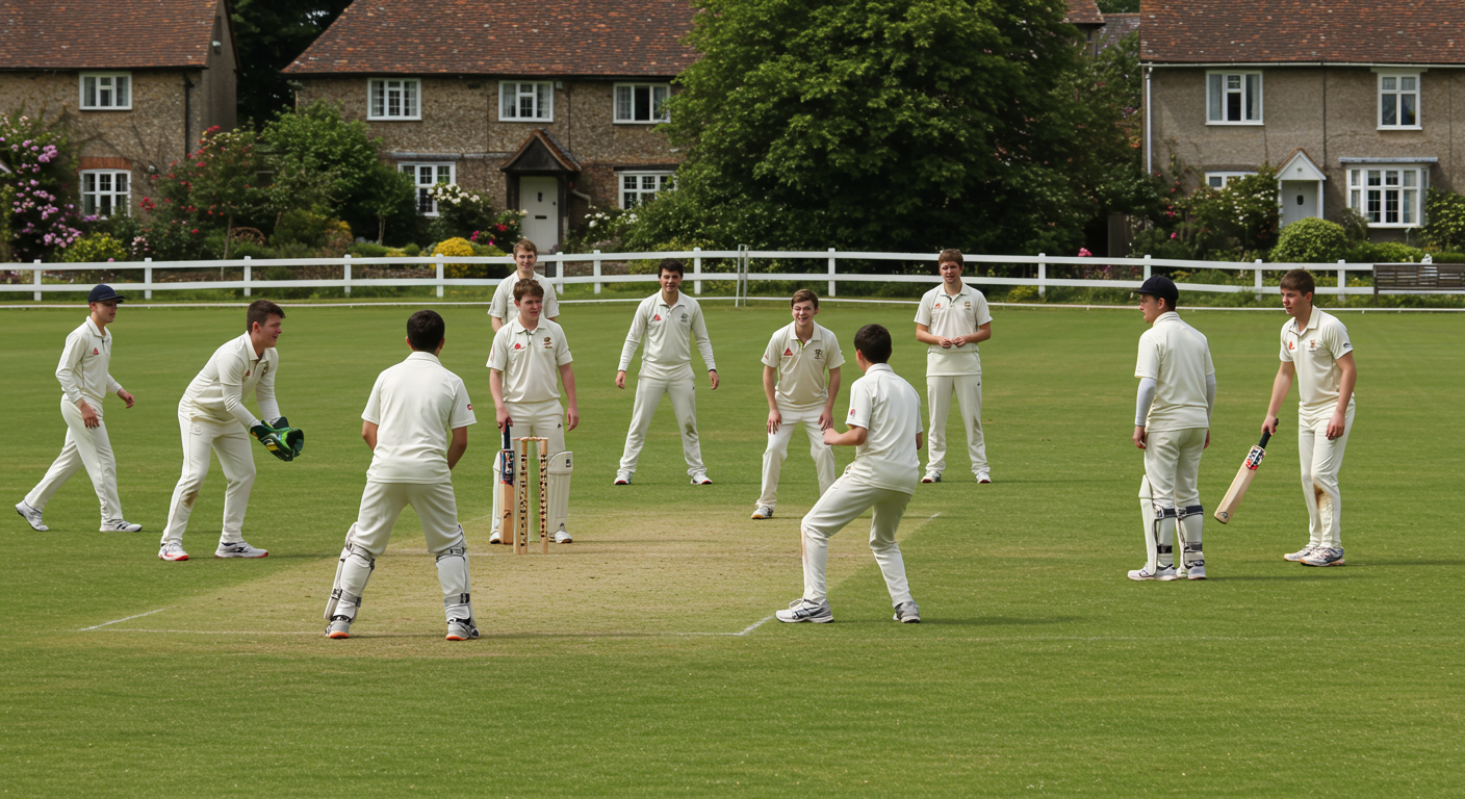
How Young Players Are Keeping Village Cricket Alive
There’s been plenty of gloomy talk about village cricket dying out, but across the UK, you’ll still find battered pavilions buzzing with life. Young players aren’t just joining in — they’re dragging the tradition forward with muddy boots and mobile phones in hand. This generation isn’t content to watch the old ways fade away quietly. Instead, they’re adapting, mixing classic village cricket spirit with just enough modern spark to keep it alive for years to come.
In places where once teams struggled to raise eleven players, junior sessions are packed again. Teenagers are setting alarms for Sunday matches. New WhatsApp groups are replacing crumpled fixture lists pinned to pub walls. It might look different to what older players remember, but the heart of village cricket — the sense of belonging, the laughter after a dreadful dropped catch, the quiet pride of sweeping the pavilion floor — remains stubbornly intact.
As we look at how young players are keeping village cricket alive, it’s clear: the game isn’t finished yet. It’s just changing its grip and settling in for another innings.
1. Junior Cricket Has Become the Lifeblood of Clubs
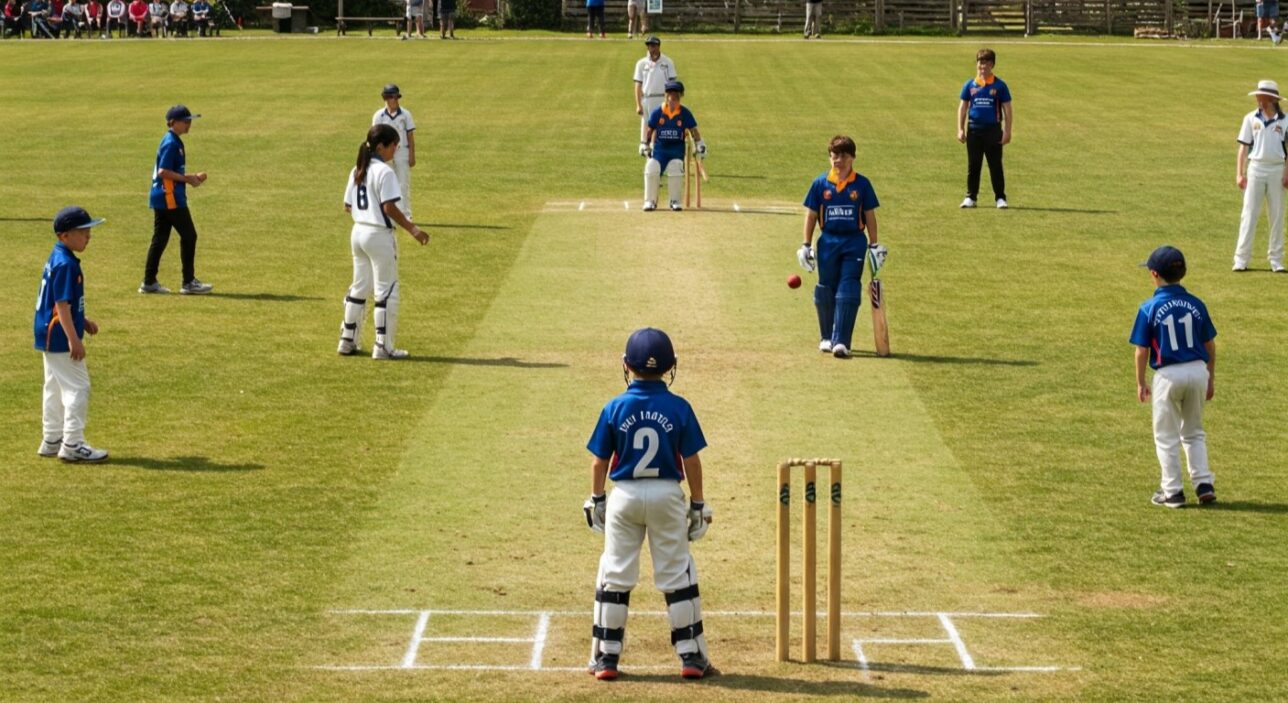
Once, village teams relied on coaxing reluctant teenagers or borrowing players from neighbouring clubs. Now, junior cricket is thriving again. Thanks to initiatives like the ECB’s All Stars and Dynamos programmes, kids as young as five are being introduced to the game in a way that’s fun, fast-paced, and full of high fives.
Where some clubs struggled to fill senior fixtures, Friday evenings now see dozens of children chasing after soft balls, laughing wildly, and arguing over who gets to bowl first. Parents gather on the sidelines, pint in hand, quietly hoping the enthusiasm sticks. Many clubs have built junior sections not just to pad out numbers, but to give young players their own sense of ownership over the club. They don’t just want to play matches — they want to wear the kit, win the medals, and stay for the chips and lemonade after training.
By investing in juniors, clubs have created a pipeline that ensures how young players are keeping village cricket alive isn’t just a temporary fix. It’s a long-term lifeline, one that ensures the pavilion lights stay on and the grass keeps being worn down by tiny, excited feet.
2. Social Media Is Changing How Clubs Reach Young Players
Gone are the days when recruitment meant a faded notice pinned up at the village shop. Now, it’s Instagram reels, WhatsApp groups, and Facebook posts doing the heavy lifting. Young players are far more likely to spot a slow-motion clip of a six sailing into a cow field than they are to see a poster by the post office window.
Clubs that have embraced social media are seeing the rewards. A short video of a Sunday XI celebrating a last-over win, a few candid shots from training nights, or even a behind-the-scenes look at preparing the pitch — all of it helps show village cricket is still very much alive. It makes it feel welcoming, vibrant, and, crucially, worth getting involved in.
Some clubs have even roped in their younger members to run their social media pages, knowing full well that a teenager with a smartphone will make better content than a committee of retired fast bowlers trying to work out Facebook settings. It’s a simple shift, but a vital one.
By meeting young players where they already are — online — clubs are breaking down the idea that village cricket is old-fashioned or only for people over 40. It’s another way how young players are keeping village cricket alive, blending timeless traditions with the tools of the modern world.
3. Shorter Formats Are Winning Over Busy Lives
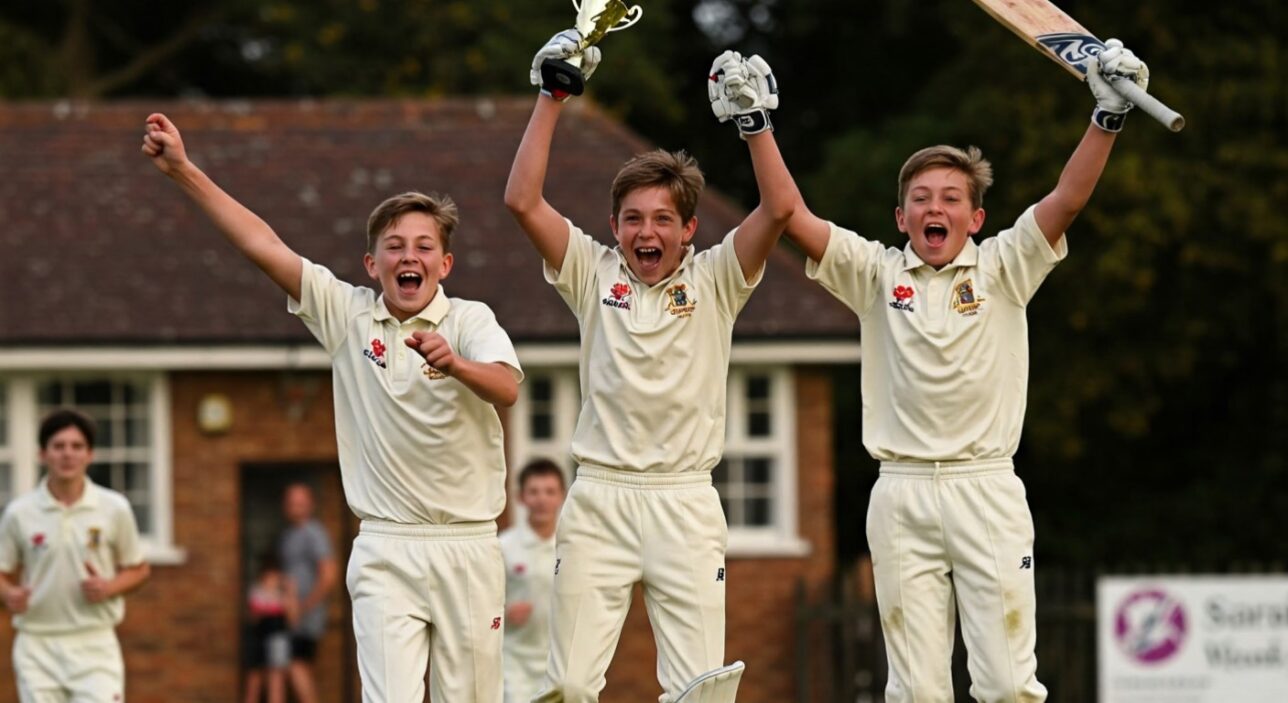
Modern life doesn’t always leave room for a six-hour cricket match and two-hour pub session afterwards. Young players often juggle part-time jobs, university deadlines, football commitments, and social lives. The traditional all-day Sunday fixture doesn’t always fit neatly into a modern schedule — and clubs are adapting.
T20 cricket has quietly become the saviour of many village teams. Some clubs have introduced midweek evening leagues, eight-a-side matches, or even 100-ball games to make sure cricket can squeeze into a packed calendar. Matches that used to finish just in time for the evening news now wrap up by sunset, allowing players to grab a takeaway or still make their mate’s birthday party afterwards.
It’s not about abandoning tradition; it’s about tweaking it just enough to keep the doors open for the next generation. Even the staunchest old-timers, after grumbling at first, tend to enjoy the faster pace once they see a 19-year-old smashing a half-century with barely a glance at the scoreboard.
By adjusting formats, village clubs are offering a version of the game that fits the world young players live in today. It’s a smart, flexible approach that shows exactly how young players are keeping village cricket alive without losing the heart of what makes it special.
4. Young Captains Are Breathing Fresh Life into Clubs
When a village team hands the captaincy to someone still paying off their student loan, eyebrows sometimes rise. But young captains are fast proving they’re exactly what many clubs need. They bring energy, new ideas, and an understanding that cricket has to fit into a life full of other commitments.
Younger captains are often more flexible with team selections, mixing experience with enthusiasm rather than rigidly picking the ‘old guard’. They’re more likely to try new formats, welcome female players, and encourage social events that go beyond the usual curry night after the match. WhatsApp group chats replace slow email chains. Training nights include fitness drills, fun competitions, and sometimes a cheeky barbecue afterwards.
It’s not about disrespecting tradition. It’s about realising that if you want a team next year, you sometimes have to make changes this year. By modernising the way clubs are run, young captains are helping to create environments where 18-year-olds and 58-year-olds can genuinely play alongside each other without it feeling forced.
Leadership at the grassroots level matters more than many realise. How young players are keeping village cricket alive often starts with who’s willing to take on the captaincy clipboard — and what they do with it once it’s in their hands.
5. Partnerships with Schools Are Growing Future Teams

Building strong links with local schools has become one of the smartest moves village clubs have made. Years ago, it was often left to chance — hoping a PE teacher fancied setting up a cricket team, or that a headteacher allowed an afternoon off for a schools’ tournament. Now, clubs are being much more proactive.
Offering free taster sessions, donating second-hand gear, or simply turning up to school sports days to hand out flyers can make a world of difference. When children’s first experience of cricket is a soft ball session on the village green with their mates, it sticks. It feels local. It feels fun. And crucially, it feels accessible.
Some clubs are even inviting schools to use their pitches during the week, creating a sense of ownership and pride among young players long before they reach senior cricket age. The cost to the club is minimal — a bit of extra mowing, a few cones laid out — but the potential return is huge.
This practical link between schools and village cricket is a major reason how young players are keeping village cricket alive. It plants seeds early, and with a bit of luck (and some sunny days), it grows into teams that will carry the tradition forward.
6. Young Volunteers Are Taking on More Than Just Playing Roles
It’s easy to focus only on runs scored or wickets taken, but village cricket would collapse without the quieter, less glamorous work behind the scenes. Organising fixtures, preparing teas, mowing pitches, painting fences — none of it happens by accident. And increasingly, it’s young volunteers stepping up to keep it all ticking over.
More and more clubs are seeing younger members helping out on committees, managing social media, running the bar, or coordinating junior training sessions. Some are even learning the dark arts of groundskeeping, swapping PlayStations for pitch rollers on Saturday mornings. It’s not always glamorous work — in fact, it’s rarely glamorous — but it’s vital.
This shift matters because clubs aren’t just handing over the match ball to younger players. They’re handing over real responsibility. Ownership leads to loyalty. When a 20-year-old has spent their Wednesday evening sorting out team sheets and ordering new boundary flags, you can bet they’ll be invested come Sunday, rain or shine.
It’s another clear example of how young players are keeping village cricket alive. They’re not waiting for someone else to do it. They’re stepping up themselves — and that’s the clearest sign yet that village cricket isn’t just surviving, it’s setting itself up for the future.
7. Embracing Diversity Is Strengthening Village Teams
Village cricket once had a reputation, fair or not, for being a bit closed off. Same families, same surnames on the team sheet, year after year. But today, a quiet transformation is happening — and young players are leading the way.
New generations are far more open to welcoming players from all backgrounds. Whether someone grew up playing in Mumbai backstreets, Sydney suburbs, or the local secondary school playground, it doesn’t matter. If you can bat, bowl, or at least make a decent effort at fielding near the cow corner boundary, you’re in.
Some village teams now have players aged 14 to 60 turning out together, with a mix of heritage, accents, and cricketing styles that would have been unthinkable even a decade ago. The result? Better teams, better stories, and much better teas. Cricket is a language of its own, and the newer, more diverse squads prove that beautifully every Sunday.
It’s not just about ticking a box or meeting a quota. It’s about building clubs that genuinely reflect modern Britain — vibrant, messy, welcoming, and a little bit chaotic at times. Young players are leading this naturally, without fanfare, because for them, cricket is cricket, and teammates are teammates.
This quiet shift is another reason how young players are keeping village cricket alive. By opening the gates a little wider, they’re ensuring the game stays fresh, relevant, and firmly rooted in the real communities it serves.
Conclusion: How Young Players Are Keeping Village Cricket Alive
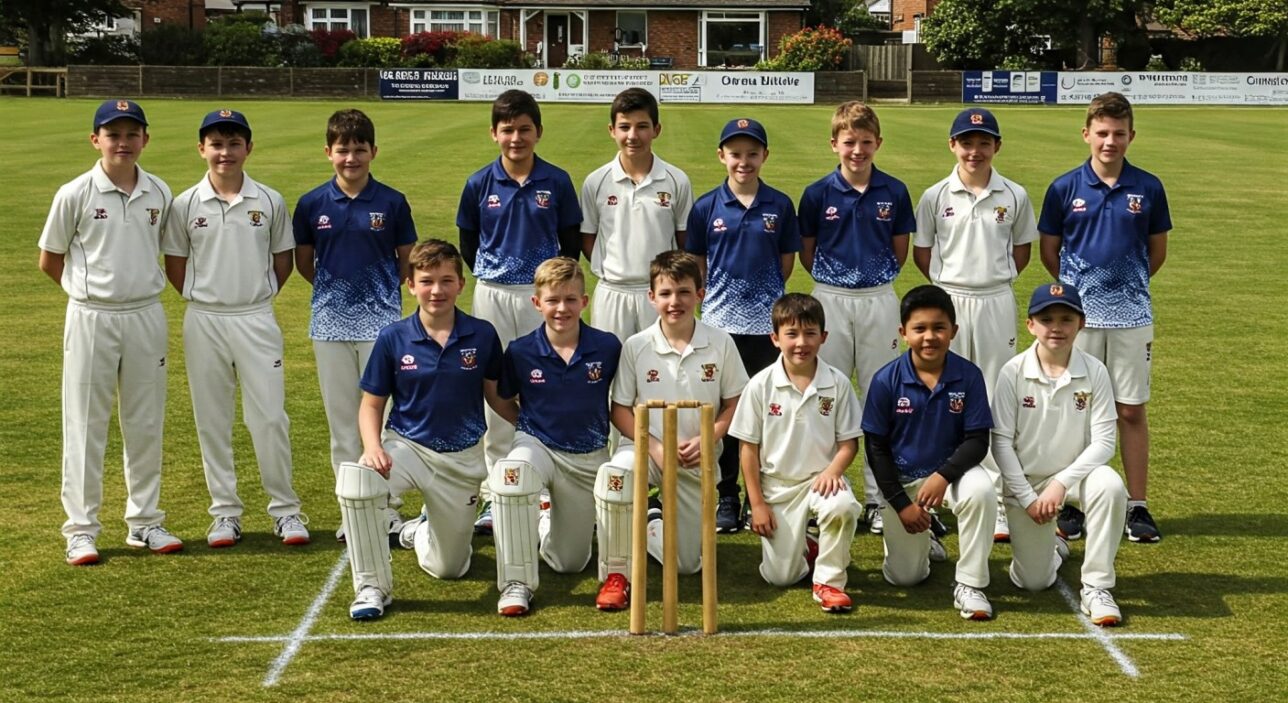
Look closely at village cricket today and you’ll find plenty of reasons to feel optimistic. The faces might be younger, the formats faster, and the methods of organising a bit more digital, but the heart of the game — community, camaraderie, and that stubborn love of cricket itself — remains solid.
How young players are keeping village cricket alive isn’t just about filling out Sunday sides. It’s about junior sections bustling with energy, WhatsApp groups buzzing with match banter, evening games designed to fit real lives, and young volunteers quietly holding things together behind the scenes. It’s about accepting that the game must evolve if it’s to endure, without losing the timeless joys that made it matter in the first place.
The work is slower than a collapsing forward defensive on a damp wicket, and some weeks, it probably feels thankless. But thanks to young players stepping in with enthusiasm, energy, and a modern understanding of what village life now looks like, the old game is far from over. It’s just starting a fresh innings — and the future looks brighter than many dared hope.


